Racism isn't always loud and clear — sometimes, it wears a disguise.
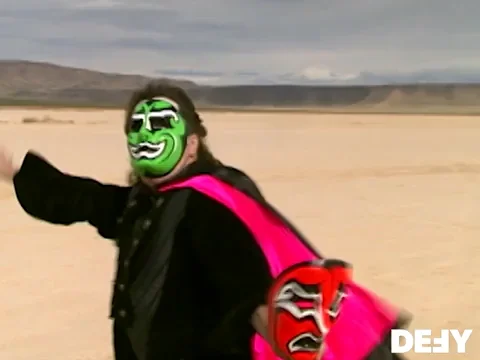
Exploring the concept of overt racism vs. covert racism can help you break down the subtle nuances that make them distinct yet equally harmful.
Overt Racism: The Obvious Offender
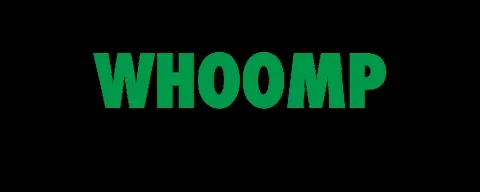
Overt racism is blatant and explicit, involving direct discriminatory actions or remarks based on race. It's the kind of racism that smacks you in the face, leaving no room for interpretation.
Example: A person being denied a job solely because of their racial background.

Covert Racism: The Sneaky Saboteur

Covert racism is more discreet and subtle, showing itself through subtle, sometimes difficult-to-detect behaviors, biases, or systemic structures that disadvantage certain racial groups without an overt or intentional display of prejudice.
Example: Microaggressions, like making assumptions about someone's intelligence based on their race.
Unveiling Microaggressions: The Covert Culprits

Microaggressions are subtle, often unintentional acts that communicate derogatory or negative messages. While they may seem harmless on the surface, they contribute to covert racism.
Example: Asking someone of Asian descent, "Where are you really from?" implies they don't belong.

Systemic Racism: The Silent Puppeteer
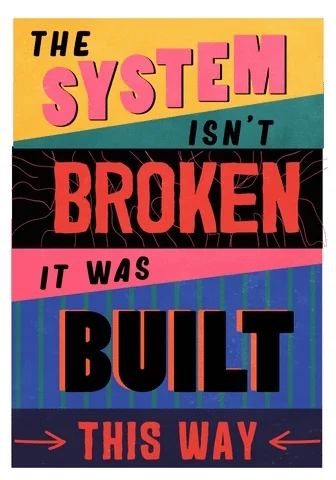 Systemic racism involves policies and practices embedded in societal structures that disproportionately disadvantage certain racial groups. It's the invisible force shaping opportunities and outcomes.
Systemic racism involves policies and practices embedded in societal structures that disproportionately disadvantage certain racial groups. It's the invisible force shaping opportunities and outcomes.
Example: Racial profiling leading to higher rates of police stops for people of color.
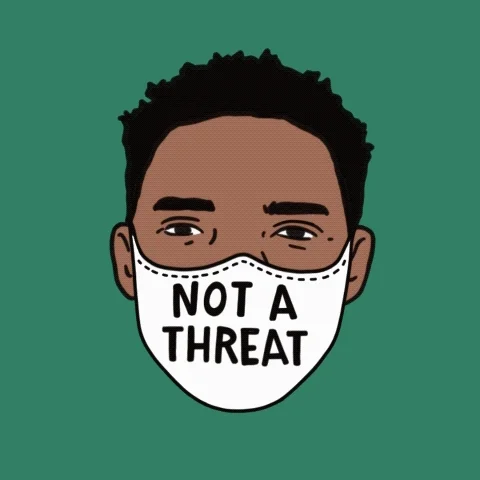
The Power of Recognizing Both
Acknowledging both overt and covert racism is crucial for dismantling systemic inequalities. It empowers us to challenge discrimination at every level and work towards a more inclusive society.

Time for a Quiz
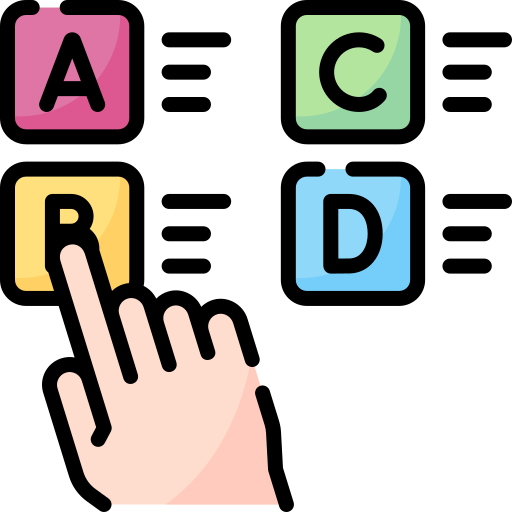
Which of these are examples of covert racism?
A. Complimenting a person of color by saying they are "articulate" or "well-spoken."
B. Making comments about a person of color's natural hair, such as touching it without permission or making inappropriate remarks.
C. Assuming someone's national origin based on their appearance and asking questions like "Where are you from?" as a subtle form of microaggression.
D. Using racial slurs and derogatory language openly in public.
Quiz
Select any answer from above that applies to covert racism:
Take Action
Remember: understanding the difference between overt vs. covert racism is just the first step — it's the actions we take that truly shape the world we want to live in.
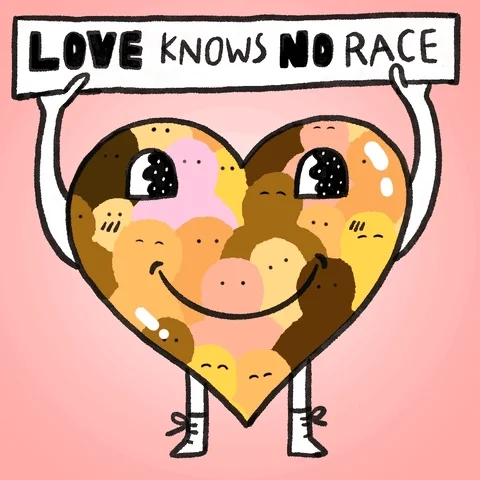
Your feedback matters to us.
This Byte helped me better understand the topic.
